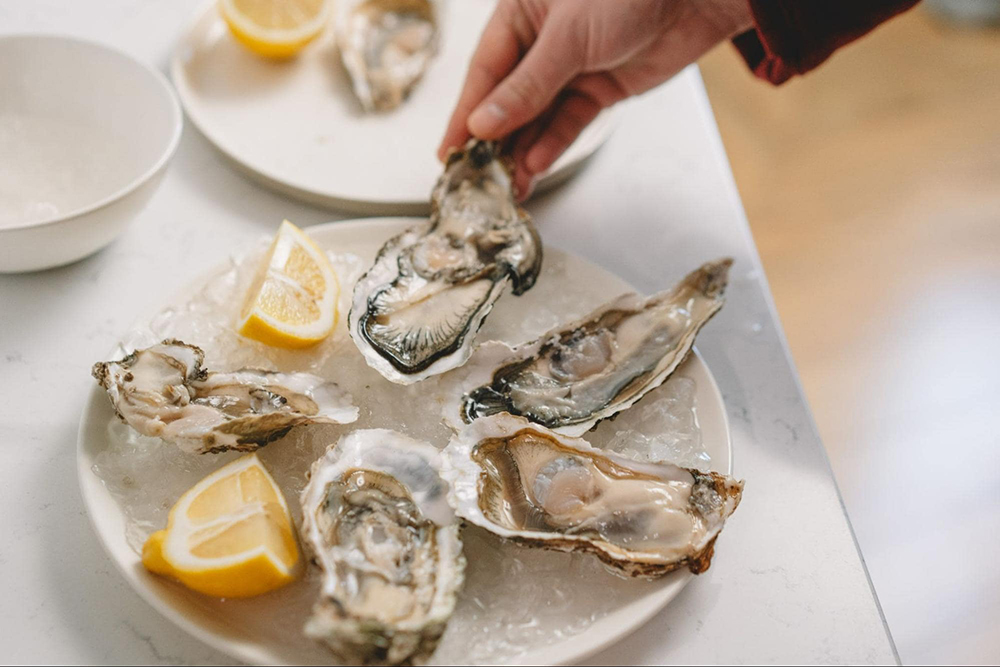According to nutritionist Alison Kane of Massachusetts General Hospital, oysters are rich in essential micronutrients like copper, iron, vitamin B12, and contain more zinc than any other food. However, Benjamin Chapman, Department Head of Agricultural and Human Sciences at North Carolina State University, considers raw oysters "one of the riskiest foods we regularly consume".
Recently, several US states have reported fatal cases of flesh-eating bacteria infections, potentially linked to raw oyster consumption in rare cases. The bacteria *Vibrio vulnificus* has caused at least 9 deaths, including 5 in Florida and 4 in Louisiana. While infection rates are typically low, Dr. Salvador Almagro-Moreno, a *Vibrio* infections expert at St. Jude Children's Research Hospital, notes a steady increase in cases over the past few decades. The bacteria thrives in warmer waters during summer.
*Vibrio* bacteria primarily infect open wounds exposed to contaminated seawater. However, an estimated 10% of cases result from consuming raw or undercooked shellfish, including oysters. Oysters and other mollusks like clams and mussels inhabit coastal waters and can harbor bacteria, viruses, and pollutants, including *Vibrio* bacteria which cause vibriosis.
Both *Vibrio parahaemolyticus* and *Vibrio vulnificus* cause symptoms like nausea, vomiting, diarrhea, and fever. Notably, *Vibrio* can enter the bloodstream, leading to sepsis, severe wound infections, and sometimes amputation or death. The US Centers for Disease Control and Prevention (CDC) estimates that 1 in 5 *Vibrio* infections are fatal.
According to the CDC, there are approximately 80,000 cases of vibriosis annually in the US. Most cases stem from consuming raw or undercooked shellfish, particularly oysters. Raw oysters can also transmit viruses like hepatitis A and norovirus, a highly contagious gastrointestinal illness.
The US Food and Drug Administration (FDA) requires seafood processors to adhere to the Hazard Analysis and Critical Control Points (HACCP) system to identify and control potential hazards. Authorities also regularly inspect oyster farming areas. Only certified suppliers are permitted to harvest, process, and store oysters from approved waters.
 |
Illustrative photo: Manettas |
Experts confirm it's impossible to inspect every single oyster, and there's no way to visually, or by smell or taste, determine if an oyster carries pathogens. The season and other factors aren't reliable indicators either. Chapman explains that while *Vibrio vulnificus* is more prevalent in coastal waters during warmer months, the notion of only eating raw oysters in colder months is inaccurate, as oysters can be imported from warmer waters.
"Raw oysters are a risky food any time of year," he states, adding that due to rising coastal water temperatures linked to climate change, *Vibrio* bacteria are becoming more common.
The most reliable way to eliminate pathogens is to cook oysters thoroughly. Professor Keith Schneider at the University of Florida states, "Cooking easily neutralizes these harmful microorganisms." However, according to Kane, cooking can diminish some nutrients, especially frying, as this method not only reduces nutrients but also adds calories and fat.
Professor Razieh Farzad of the University of Florida suggests that those who want to eat raw oysters consider high-pressure processed oysters. This method uses cold water and high pressure to reduce *Vibrio* bacteria while preserving the raw texture. Many experts advise high-risk individuals, such as older adults, those with weakened immune systems, liver disease, diabetes, or pregnant women, to avoid raw oysters.
For those not in high-risk groups, experts don't entirely oppose enjoying this delicacy. "As long as people are informed and aware of the risks associated with their choice, I think it's fine," says Chapman.
Binh Minh (According to the *Washington Post*)












